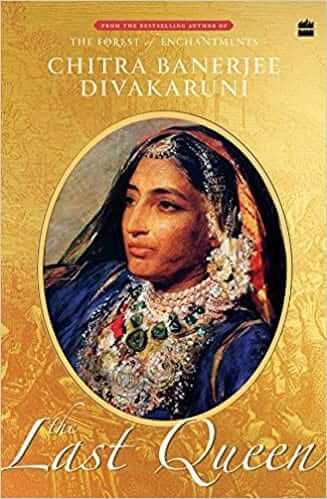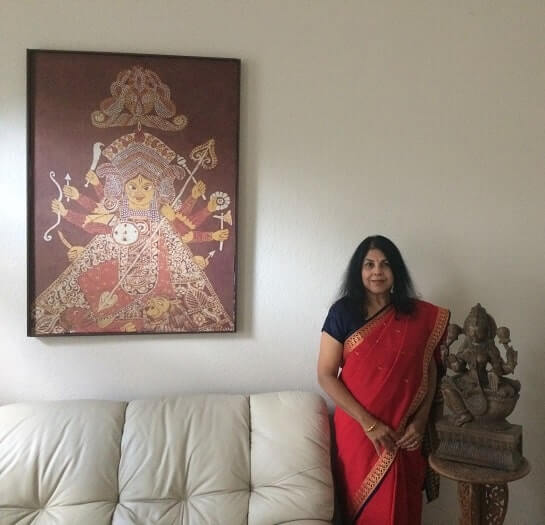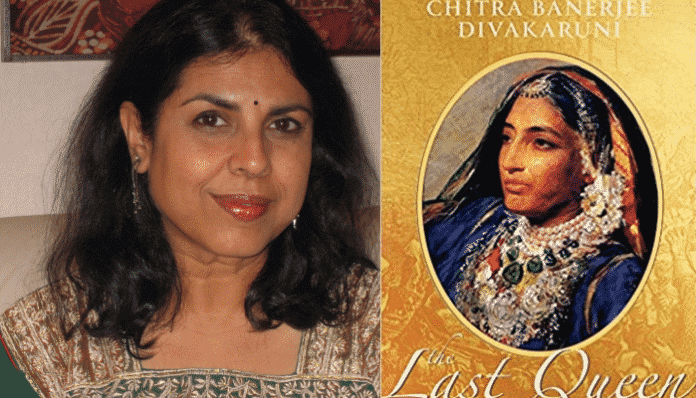Reading about the Kohinoor diamond and how it was taken by the British from Maharaja Dalip Singh and given to Queen Victoria, writer Chitra Banerjee Divakaruni came across the inspiring story of his mother – Queen Jindan.
“It was such an inspiring story of courage and resistance, and a great tale of love as well. I figured that, like me, many people did not know of Jindan’s brave spirit and her intelligence — and the wrongs she suffered not just at the hands of the British but also her own treacherous nobles. It had to be shared with the world,” she said.
Now, her latest book The Last Queen is all set to be published by HarperCollins India in January 2021.
The US based author, who is the McDavid professor of Creative Writing at the University of Houston Creative Writing Program, says that working on the historical character meant pain sticking research.
“It involved working with books from different libraries and ordering some from India. I especially researched old photographs and paintings of the historical buildings in which Jindan would have lived, such as the Badshahi Qila in Lahore. That was important in order to get a visual sense of these places,” she explained.
READ MORE: 4 Indian female poets you need to read

With female characters always at the centre of the world she creates, Divakaruni calls the choice intentional. Stressing that women’s stories have been pushed to the edges for far too long, she says, “It is important for me to gaze at women’s lives and their thoughts in order to examine why they made certain choices. In The Last Queen, there may be several important male characters –Ranjit Singh, Dalip Singh, and Ranjit Singh’s Wazir Dhian Singh– but my focus is definitely on Jindan.”
She adds that she enjoys creating complex characters who do not follow a linear narrative.
“To me, that is the most important part of writing. That was true with Panchaali in Palace of Illusions and also Sita in The Forest of Enchantments, who both had multiple layers and grew and changed as time passed. I hope my male characters — Krishna, Arjun, Karna, Ram, Ravana, etc. also come across as complex.”
Co-founder and former president of ‘Maitri’, a helpline founded in 1991 for South Asian women dealing with domestic abuse, Divakaruni says that her activism is majorly in two fields – women’s rights and women and child education.
“I write more directly about the former–in different ways. Panchaali, Sita and Jindan all speak out against double standards and the mistreatment of women. I hope that if people identify with my heroines and their pain and courage, their attitudes towards how women should be treated will be positively influenced.”
She considers the writing process her way of finding herself in an alien culture, and cites this as inspiration for many of her stories around immigration.

“It helped me to identify myself in that setting. Precisely why I have written many immigrant tales, too, such as in Mistress of Spices, Queen of Dreams and Before We Visit the Goddess. Immigration has also helped me appreciate many things about my Indian culture (especially tales and myths). I have also made it a point to read more Indian writers since I moved here,” she said.
Chitra Banerjee Divakaruni’s novels like Palace of Illusions, Sister of My Heart, Oleander Girl, and One Amazing Thing have all been optioned to be made into movies or TV serials, while The Mistress of Spices and Sister of My Heart as well as a short story The Word Love have already been adapted into films.
Although these directors have followed their own visions, she has been quite pleased with the screen adaptations.
“Suhasini Mani Ratnam, who did a Tamil TV adaptation of Sister of My Heart, stayed very close to the book, and I particularly appreciated that. Now, Palace of Illusions and The Last Queen have been optioned. It is very exciting and I look forward to what will happen.”
Her next work would be either a historical novel, set around Partition time or a novel set in contemporary Kolkata, (her hometown), tracing the unusual adventures of two young women.
“Right now, I am researching and making notes about the main characters. I will make a decision in the next month or so,” she said.
IANS
READ ALSO: Manreet Sodhi Someshwar on “Girls and the City” and #MeToo




